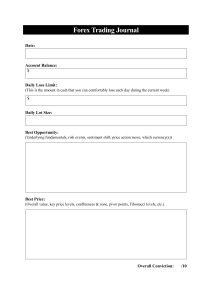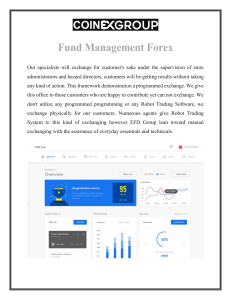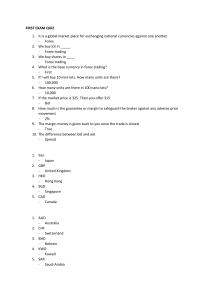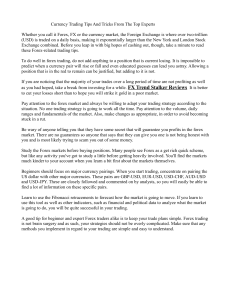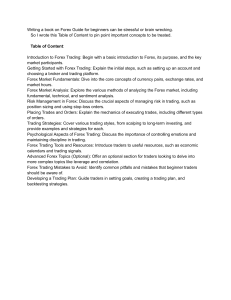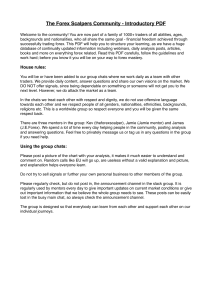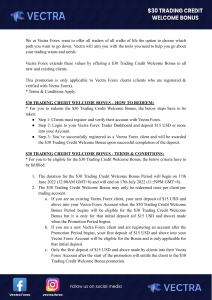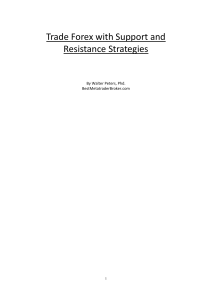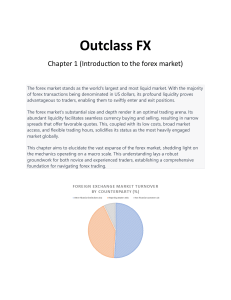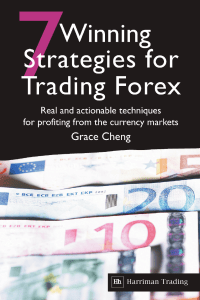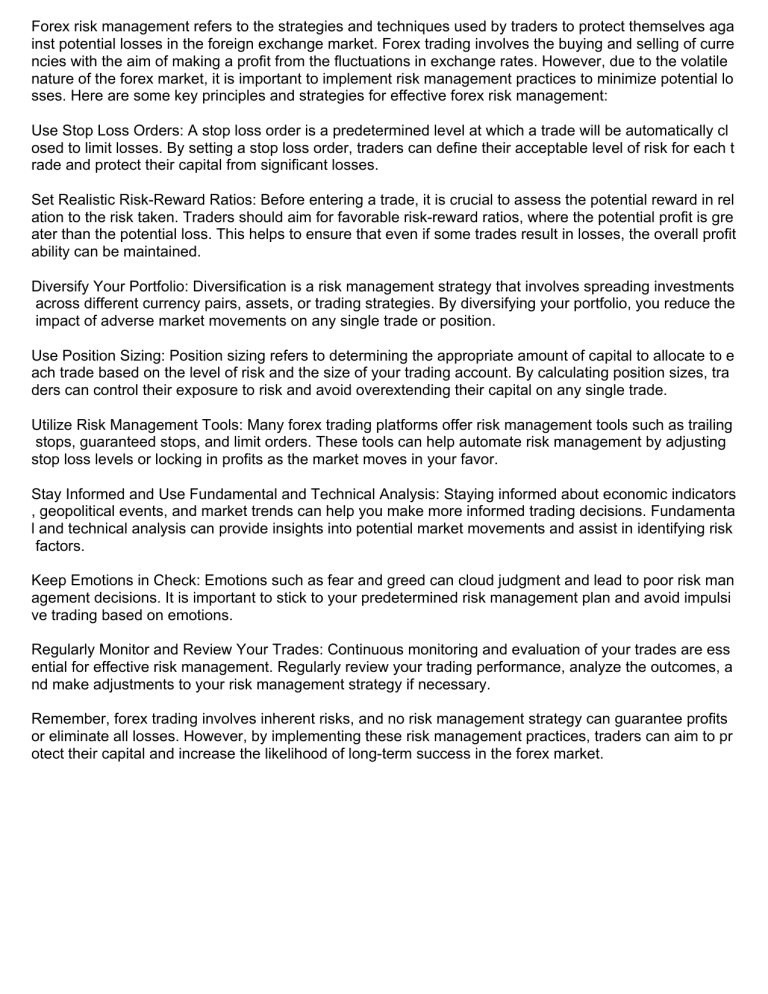
Forex risk management refers to the strategies and techniques used by traders to protect themselves aga inst potential losses in the foreign exchange market. Forex trading involves the buying and selling of curre ncies with the aim of making a profit from the fluctuations in exchange rates. However, due to the volatile nature of the forex market, it is important to implement risk management practices to minimize potential lo sses. Here are some key principles and strategies for effective forex risk management: Use Stop Loss Orders: A stop loss order is a predetermined level at which a trade will be automatically cl osed to limit losses. By setting a stop loss order, traders can define their acceptable level of risk for each t rade and protect their capital from significant losses. Set Realistic Risk-Reward Ratios: Before entering a trade, it is crucial to assess the potential reward in rel ation to the risk taken. Traders should aim for favorable risk-reward ratios, where the potential profit is gre ater than the potential loss. This helps to ensure that even if some trades result in losses, the overall profit ability can be maintained. Diversify Your Portfolio: Diversification is a risk management strategy that involves spreading investments across different currency pairs, assets, or trading strategies. By diversifying your portfolio, you reduce the impact of adverse market movements on any single trade or position. Use Position Sizing: Position sizing refers to determining the appropriate amount of capital to allocate to e ach trade based on the level of risk and the size of your trading account. By calculating position sizes, tra ders can control their exposure to risk and avoid overextending their capital on any single trade. Utilize Risk Management Tools: Many forex trading platforms offer risk management tools such as trailing stops, guaranteed stops, and limit orders. These tools can help automate risk management by adjusting stop loss levels or locking in profits as the market moves in your favor. Stay Informed and Use Fundamental and Technical Analysis: Staying informed about economic indicators , geopolitical events, and market trends can help you make more informed trading decisions. Fundamenta l and technical analysis can provide insights into potential market movements and assist in identifying risk factors. Keep Emotions in Check: Emotions such as fear and greed can cloud judgment and lead to poor risk man agement decisions. It is important to stick to your predetermined risk management plan and avoid impulsi ve trading based on emotions. Regularly Monitor and Review Your Trades: Continuous monitoring and evaluation of your trades are ess ential for effective risk management. Regularly review your trading performance, analyze the outcomes, a nd make adjustments to your risk management strategy if necessary. Remember, forex trading involves inherent risks, and no risk management strategy can guarantee profits or eliminate all losses. However, by implementing these risk management practices, traders can aim to pr otect their capital and increase the likelihood of long-term success in the forex market.
